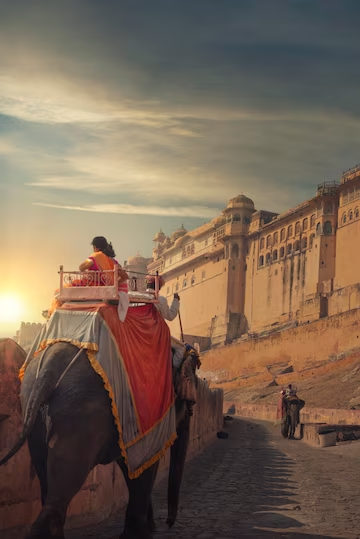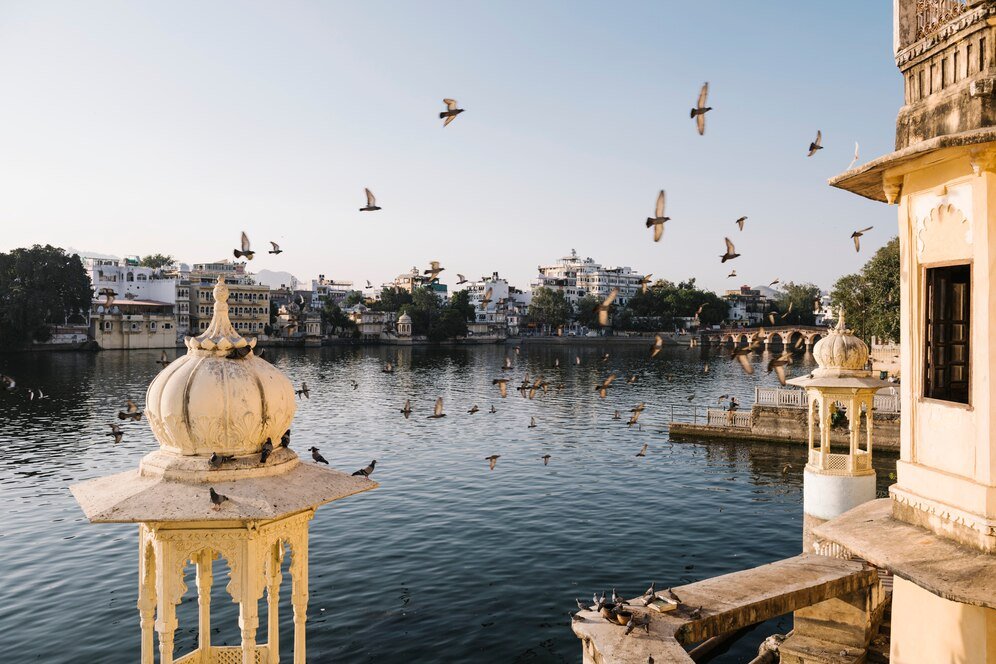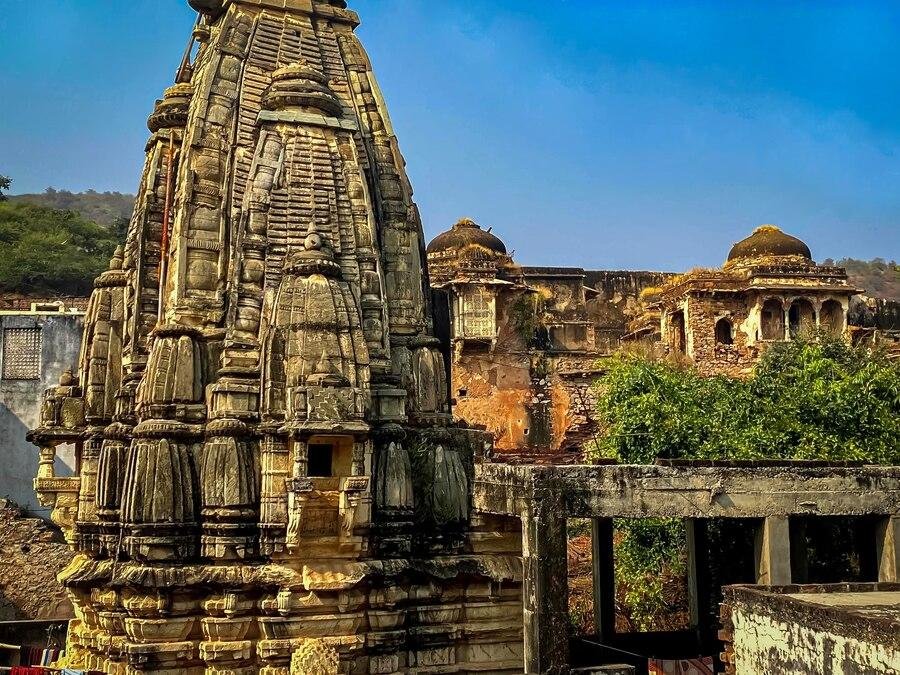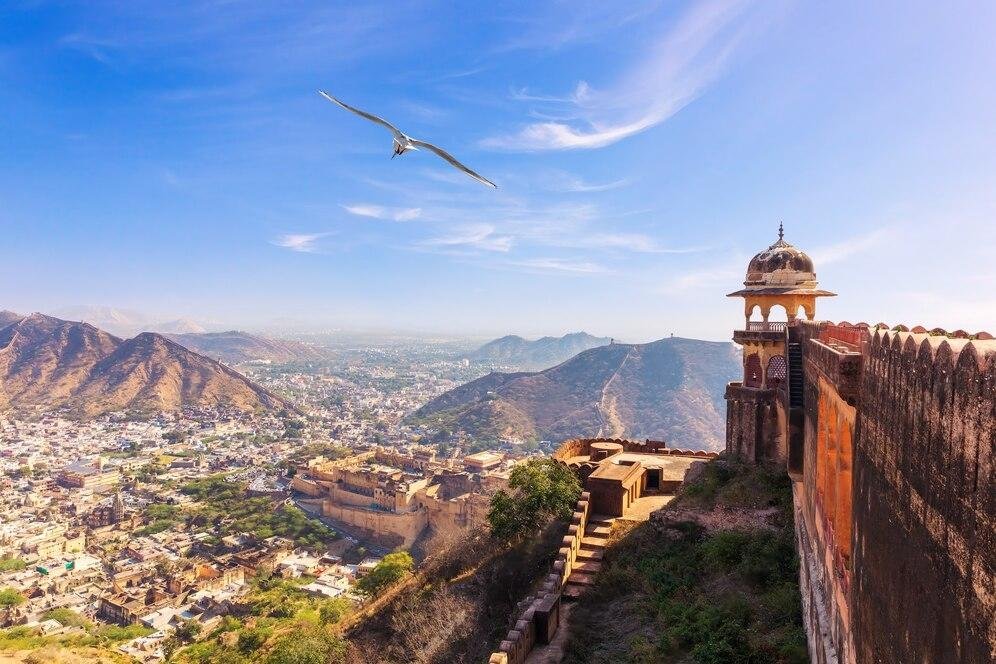Jaipur: Unveiling the Pink City’s Rich Tapestry of Heritage, Royalty, and Culture
Introduction: Nestled in the heart of Rajasthan, India, Jaipur, fondly known as the Pink City, is a vibrant tapestry of history, culture, and architectural splendor. From its majestic forts and palaces to its bustling markets and colorful streets, Jaipur offers visitors an immersive experience steeped in royal grandeur and timeless charm. Join us on a journey through the lanes of Jaipur as we explore its rich heritage and uncover the treasures that make it a must-visit destination.
History and Origins: Founded in 1727 by Maharaja Sawai Jai Singh II, Jaipur is renowned for its meticulously planned layout, designed according to the principles of Vastu Shastra and Shilpa Shastra, ancient Indian texts on architecture and town planning. The city was painted pink in 1876 to welcome the Prince of Wales, now known as King Edward VII, and the color has since become synonymous with Jaipur’s identity, symbolizing hospitality and warmth.
Architectural Marvels: Jaipur is adorned with architectural gems that showcase the grandeur and opulence of its royal past. The City Palace, a magnificent complex of palaces, courtyards, and gardens, is a testament to the fusion of Rajput, Mughal, and European architectural styles. Nearby, the Hawa Mahal, or Palace of Winds, with its intricately latticed facade, was built to allow royal women to observe street festivities while remaining veiled from public view.
Iconic Forts: Perched atop rocky hills overlooking the city, Jaipur’s forts stand as stoic guardians of its rich heritage. The Amber Fort, located just outside the city, is a majestic fortress renowned for its ornate palaces, intricate mirror work, and stunning views of the surrounding landscape. Nahargarh Fort and Jaigarh Fort, built to protect the city from invaders, offer panoramic vistas of Jaipur and house museums showcasing the city’s military history.

Cultural Riches: Jaipur’s cultural tapestry is woven with vibrant hues, echoing the traditions and customs of its people. The city’s bustling bazaars, such as Johari Bazaar and Bapu Bazaar, beckon visitors with their kaleidoscope of colors, offering everything from handcrafted textiles and jewelry to traditional Rajasthani handicrafts and souvenirs. The Pink City pulsates with life during festivals like Diwali, Holi, and Teej, when streets come alive with music, dance, and elaborate processions.

Culinary Delights: No visit to Jaipur is complete without savoring its delectable cuisine, a tantalizing blend of flavors and spices that reflect its royal heritage and desert surroundings. From savory dishes like Dal Baati Churma and Laal Maas to sweet treats like Ghewar and Mawa Kachori, Jaipur’s culinary offerings are a feast for the senses. The city’s bustling food markets and heritage restaurants provide the perfect backdrop for culinary adventures, where every meal is a celebration of Rajasthan’s rich gastronomic legacy.







